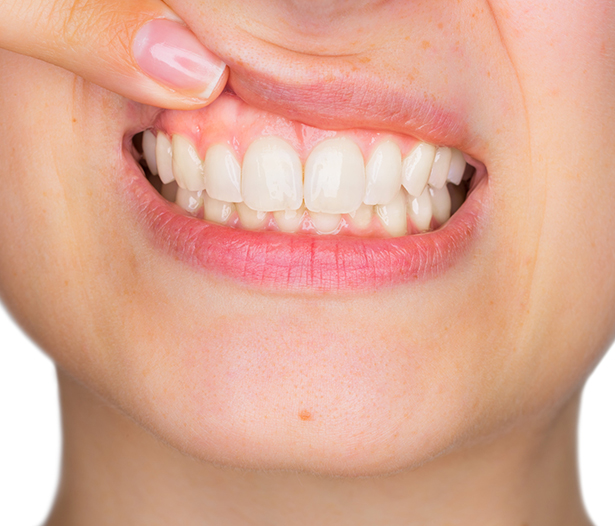Gum grafting is also known as a gingival graft, and while it may sound like a bit of a daunting procedure, it is less intrusive than you might think.
Why you Might Need a Gum Grafting Procedure
In many cases a gum grafting procedure may become necessary to protect a patient’s teeth from the damaging effects of gum recession. Gum recession occurs when the tissue that surrounds teeth pulls away, exposing too much of the tooth or the root of the tooth. This is a problem because too much exposure can cause damage to the supporting bone structure.
Gum recession is a fairly common problem with as many as one in eight adults experiencing this condition. Because it is a slow and progressive process, many people are not even aware that it is taking place. Teeth with gum recession can look unpleasant and have increased tooth sensitivity. In some cases, if gum recession is not treated, it can lead to tooth loss.
 Performing a Gum Graft
Performing a Gum Graft
There are several different kinds of gum grafts that Dr. Ting can perform, depending on the specific diagnosis of a patient:
Connective-tissue grafts. The most common gum graft procedure, connective tissue grafts involve cutting a flap of skin at the roof of a patient’s mouth. Subepithelial connective tissue from under the flap is removed and then it is stitched into the gum tissue surrounding the exposed tooth or teeth.
Free gingival grafts. This is a similar procedure to a connective tissue graft, but instead of making a flap in the roof of a patient’s mouth and removing tissue from under the flap, tissue is instead removed directly from the roof of the mouth. It is then connected to the gum tissue surrounding the exposed tooth.
Pedicle grafts. Instead of taking tissue from the roof of the mouth, tissue is instead removed from the gum around the tooth needing gum repair. A flap, called a pedicle, is partially cut away from the gum and then pulled over to cover the exposed root and then is sewn into place. Dr Ting also uses the VISTA technique for gum grafting, which is a minimally invasive gum grafting procedure. It uses small incisions and minimally invasive tunneling procedures to graft the gum tissue. This results in faster healing, and minimal discomfort.
In other cases, Dr. Ting may choose to use grafted tissue from a tissue bank instead of from a patient’s mouth. These decisions will be based on what Dr. Ting thinks is the best and most appropriate way to facilitate the best possible solution and the quickest recovery time for her patients.
A Quick Recovery Period
Recovery from a gum graft is generally a short period of time. You may have a restricted diet for a week or two, only being allowed to eat soft and cool foods such as eggs, pasta, jello, yogurt, cooked vegetables, and ice cream. In addition, post-operative pain using anti-inflammatory drugs or prescription pain killers will keep you comfortable until you are fully healed.
Think Oral Implants and Periodontics serves patients in Paoli, Malvern, Berwyn and surrounding Pennsylvania communities.





 Performing a Gum Graft
Performing a Gum Graft